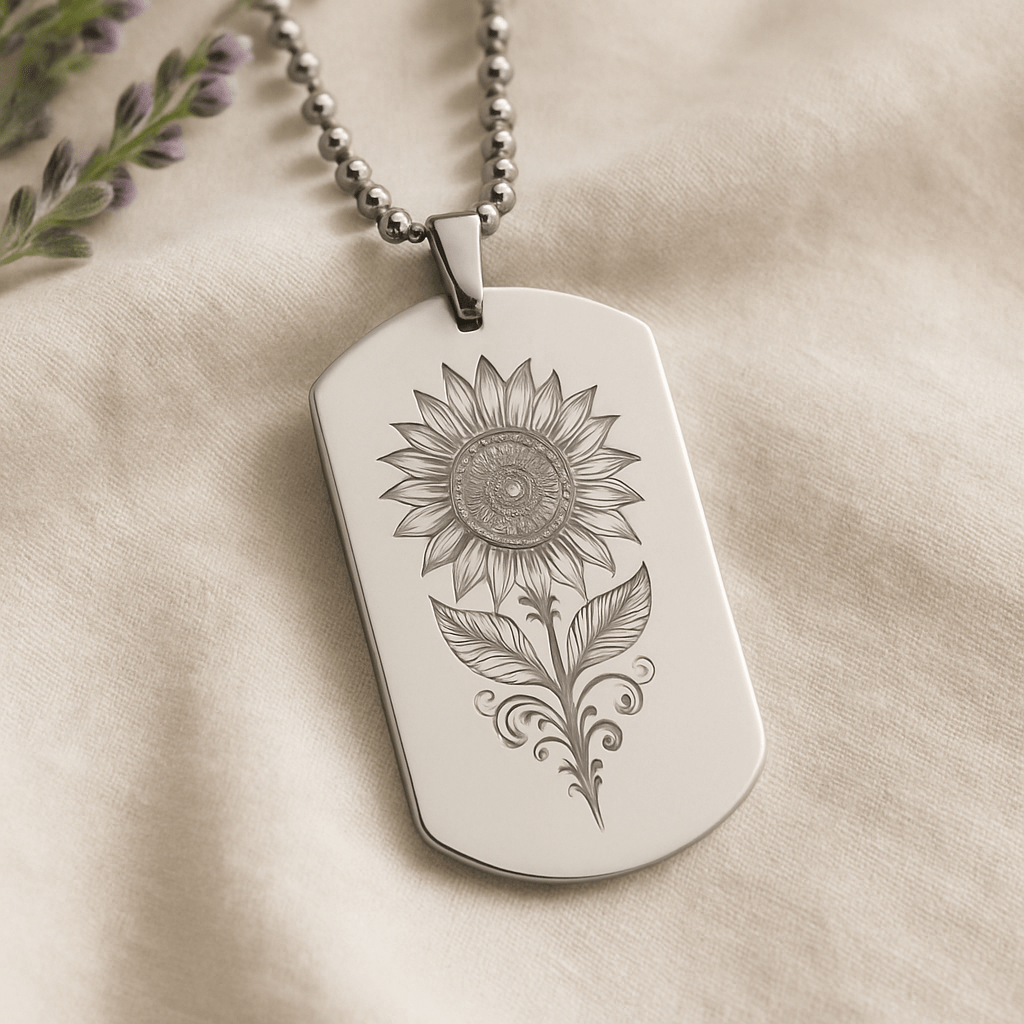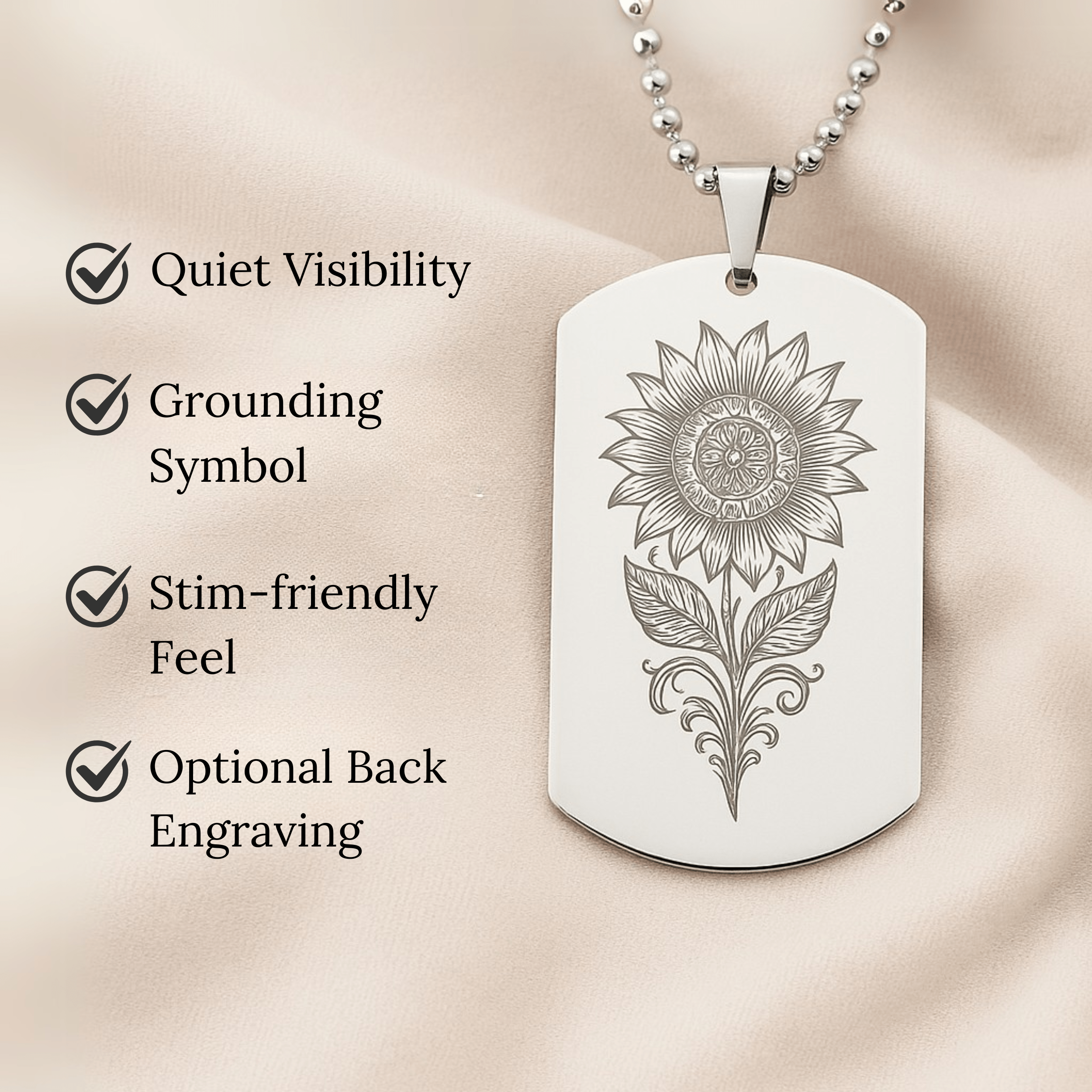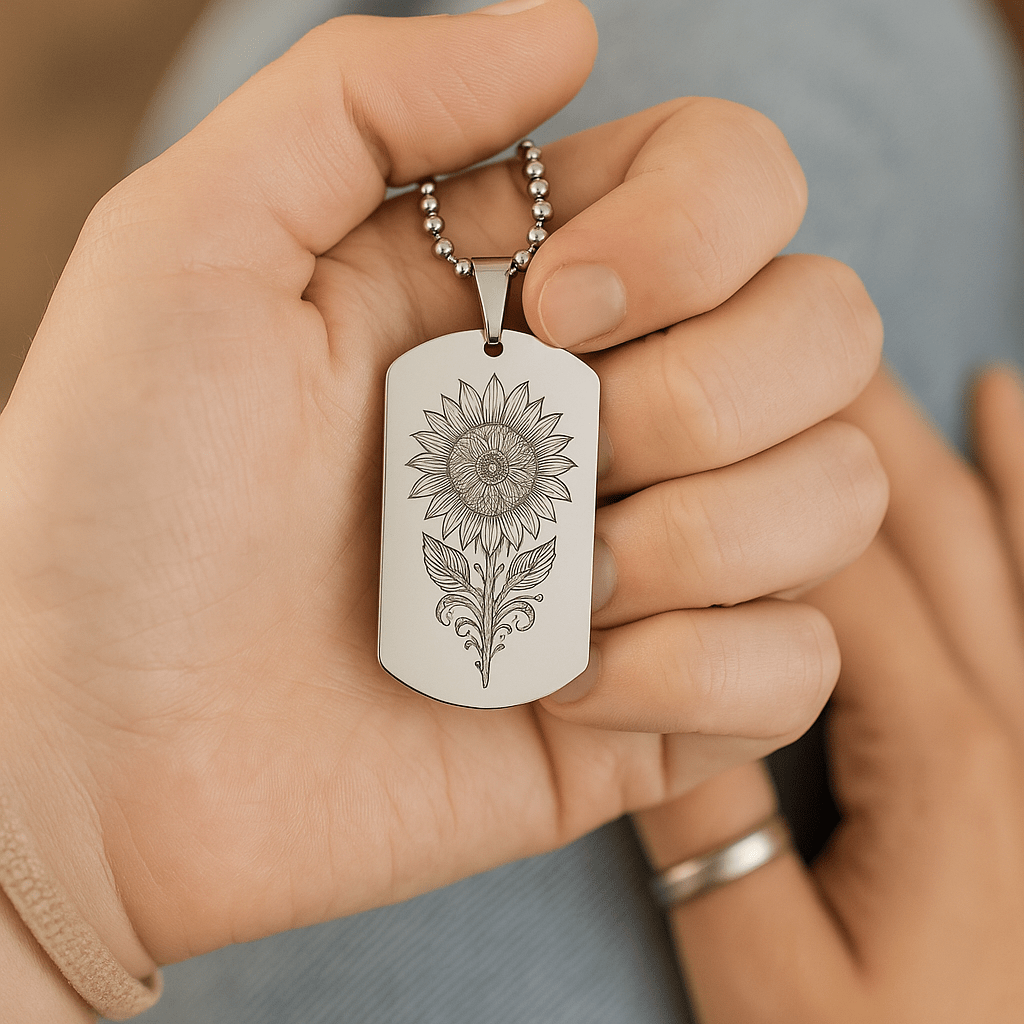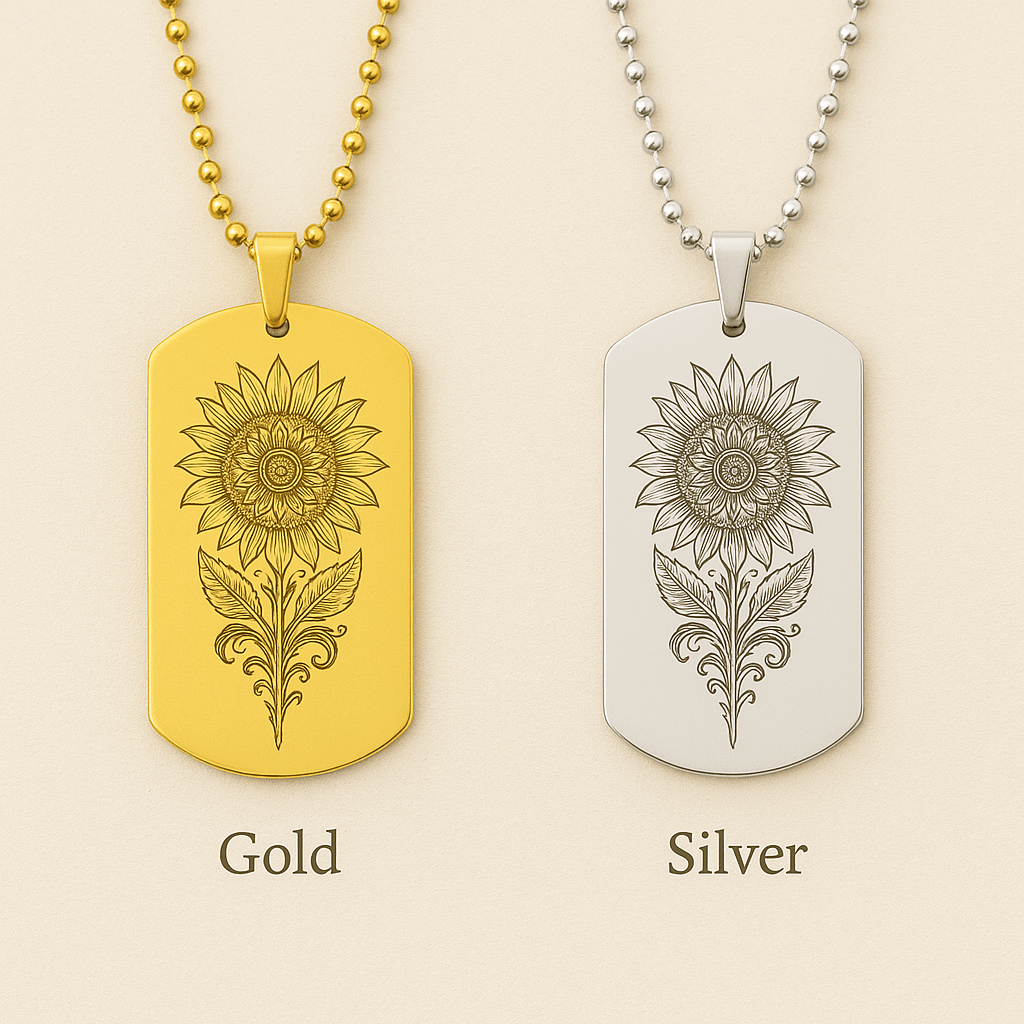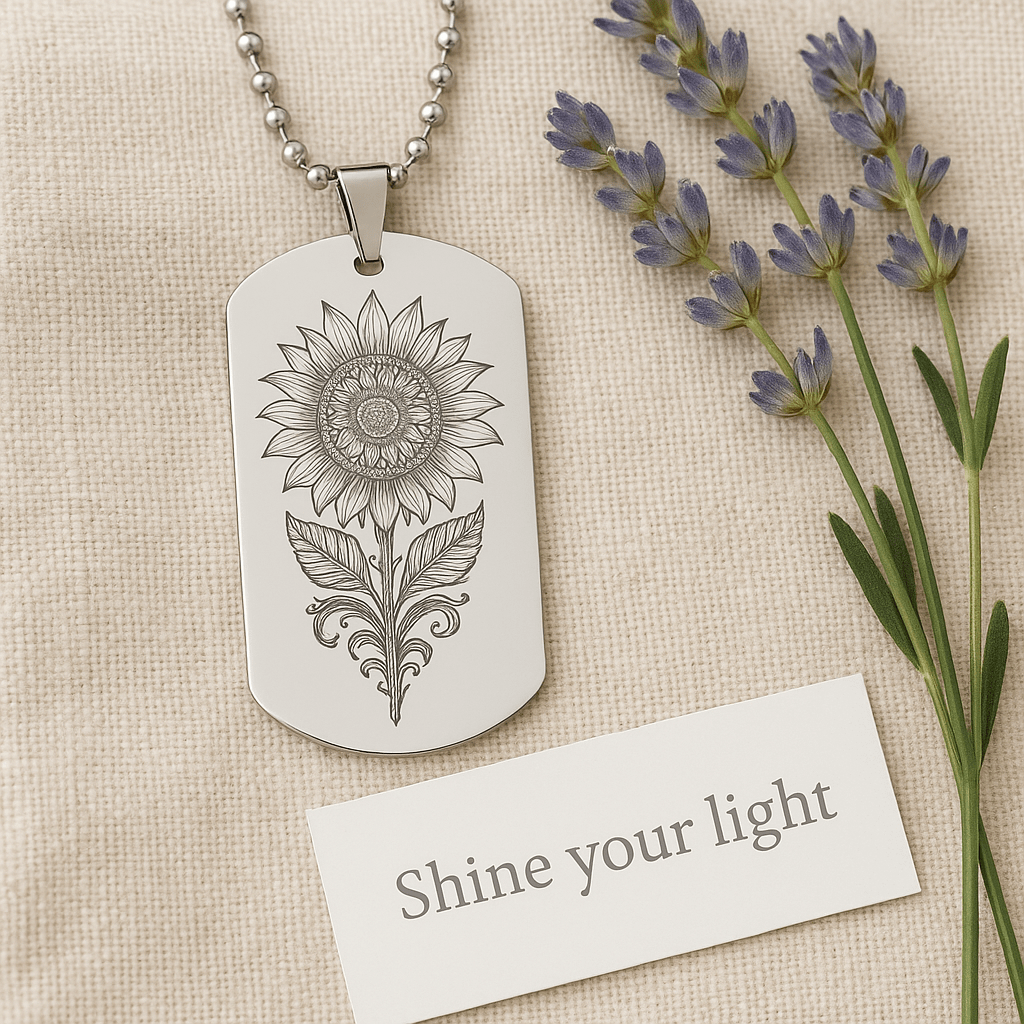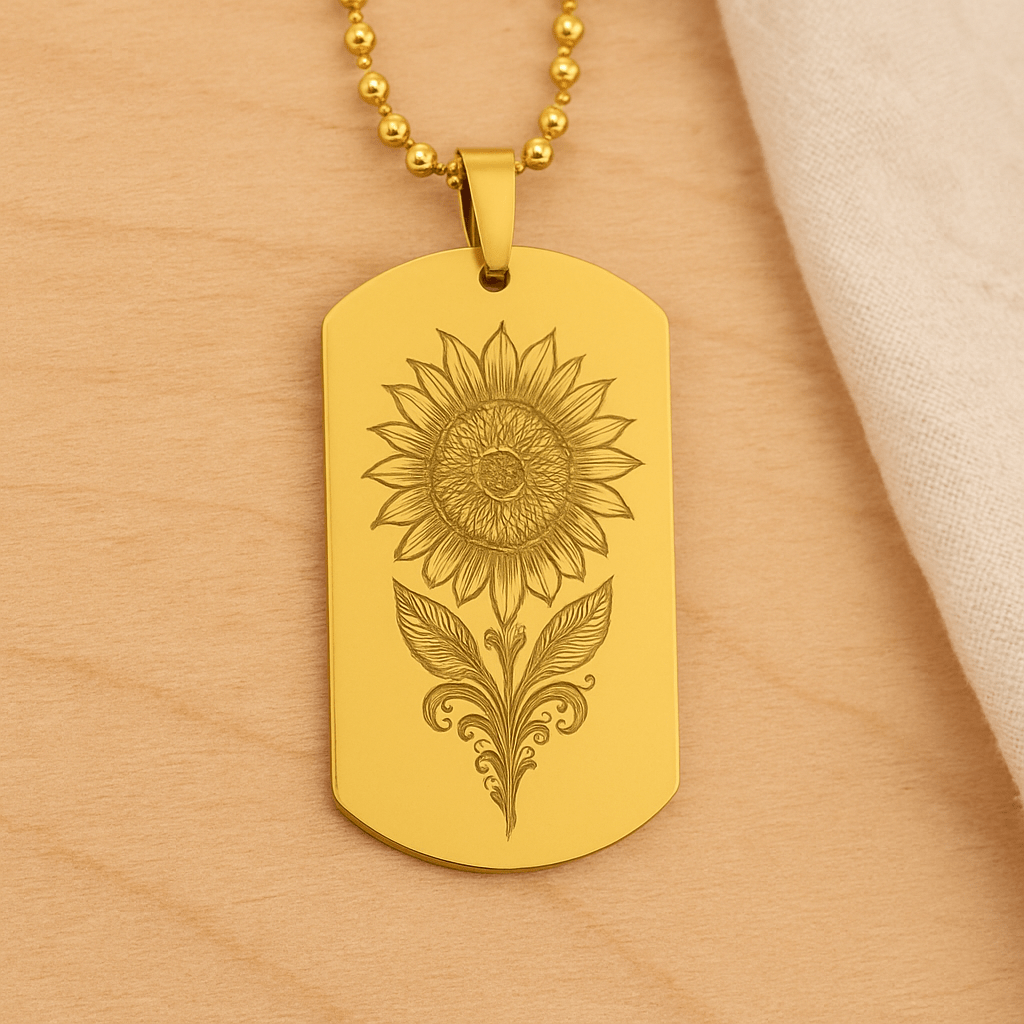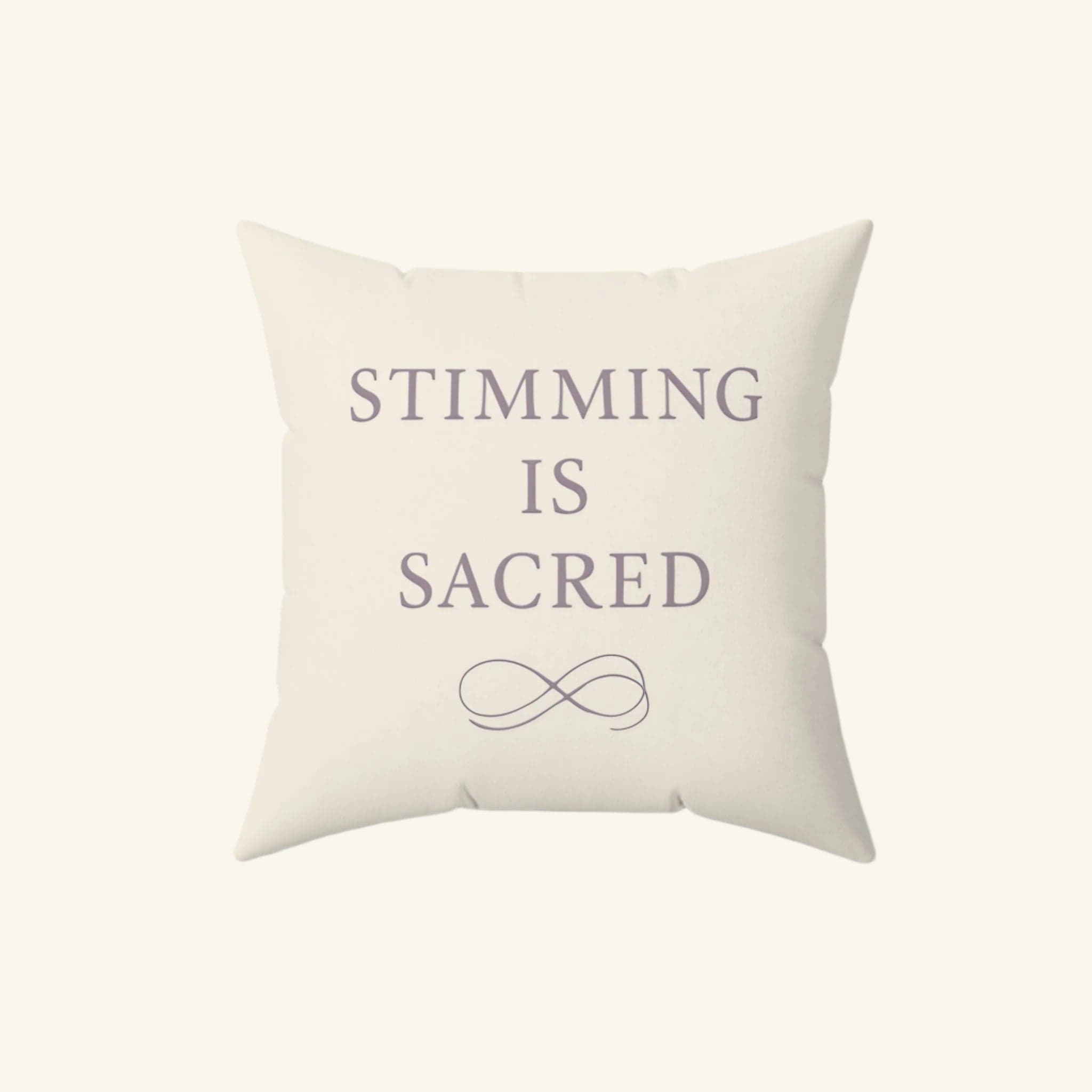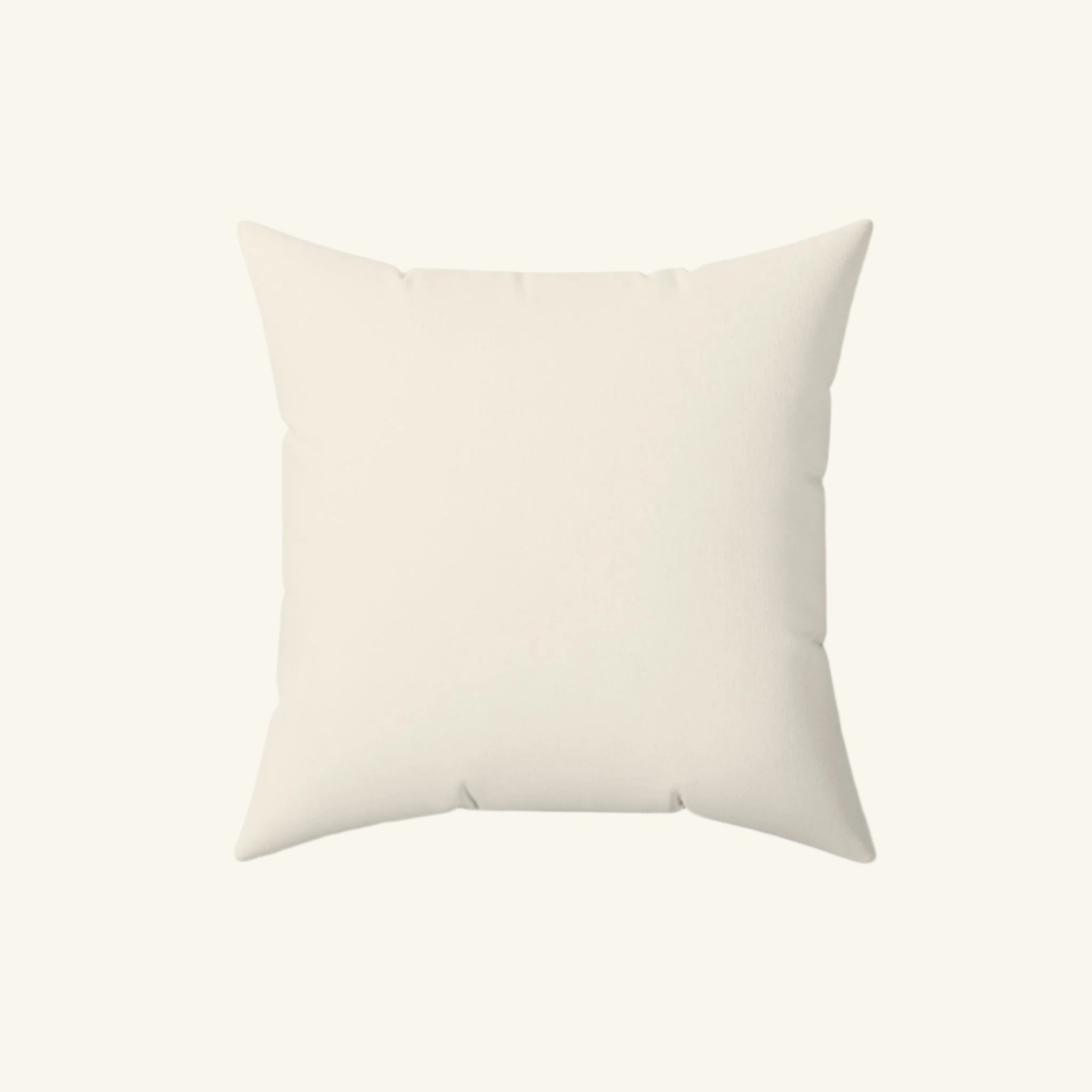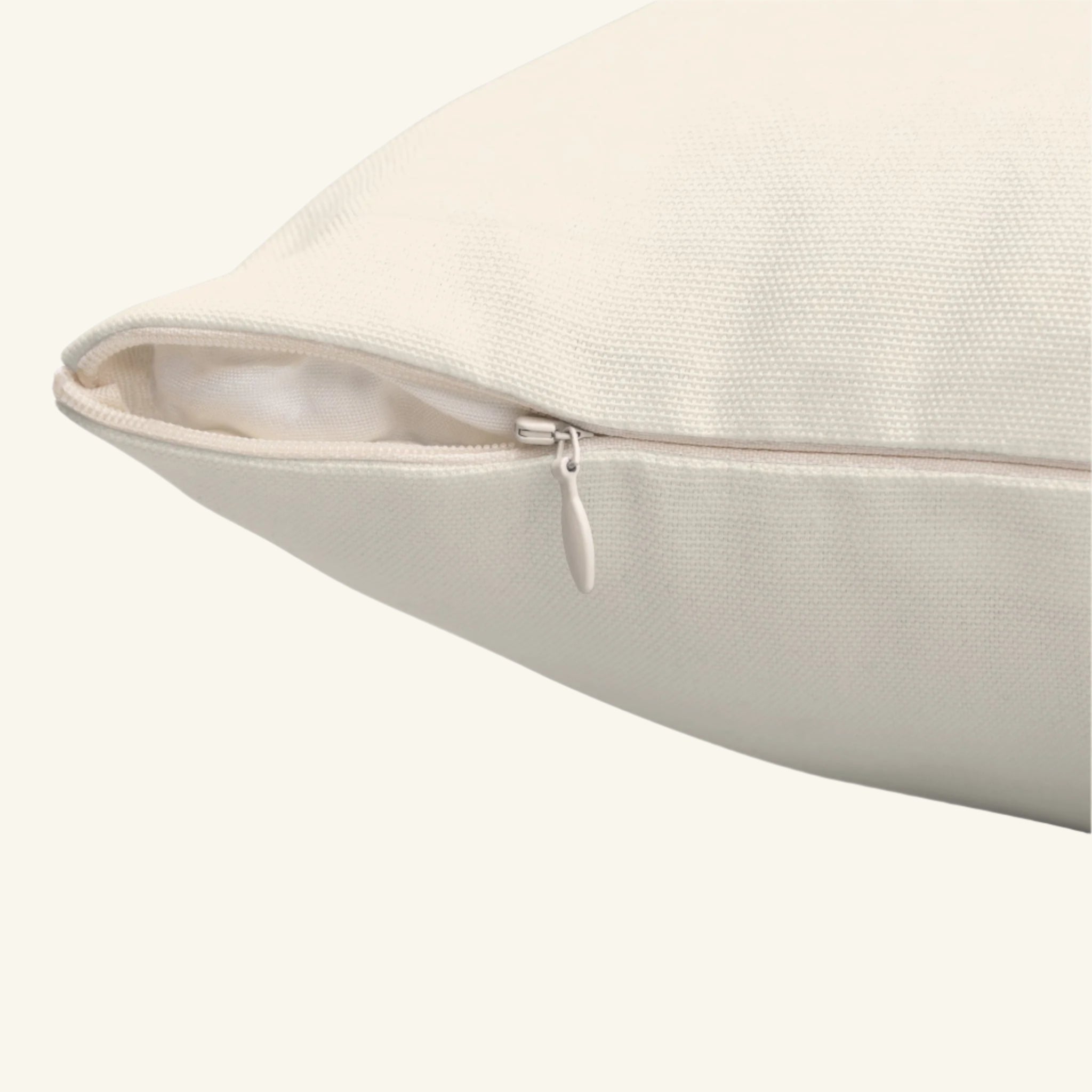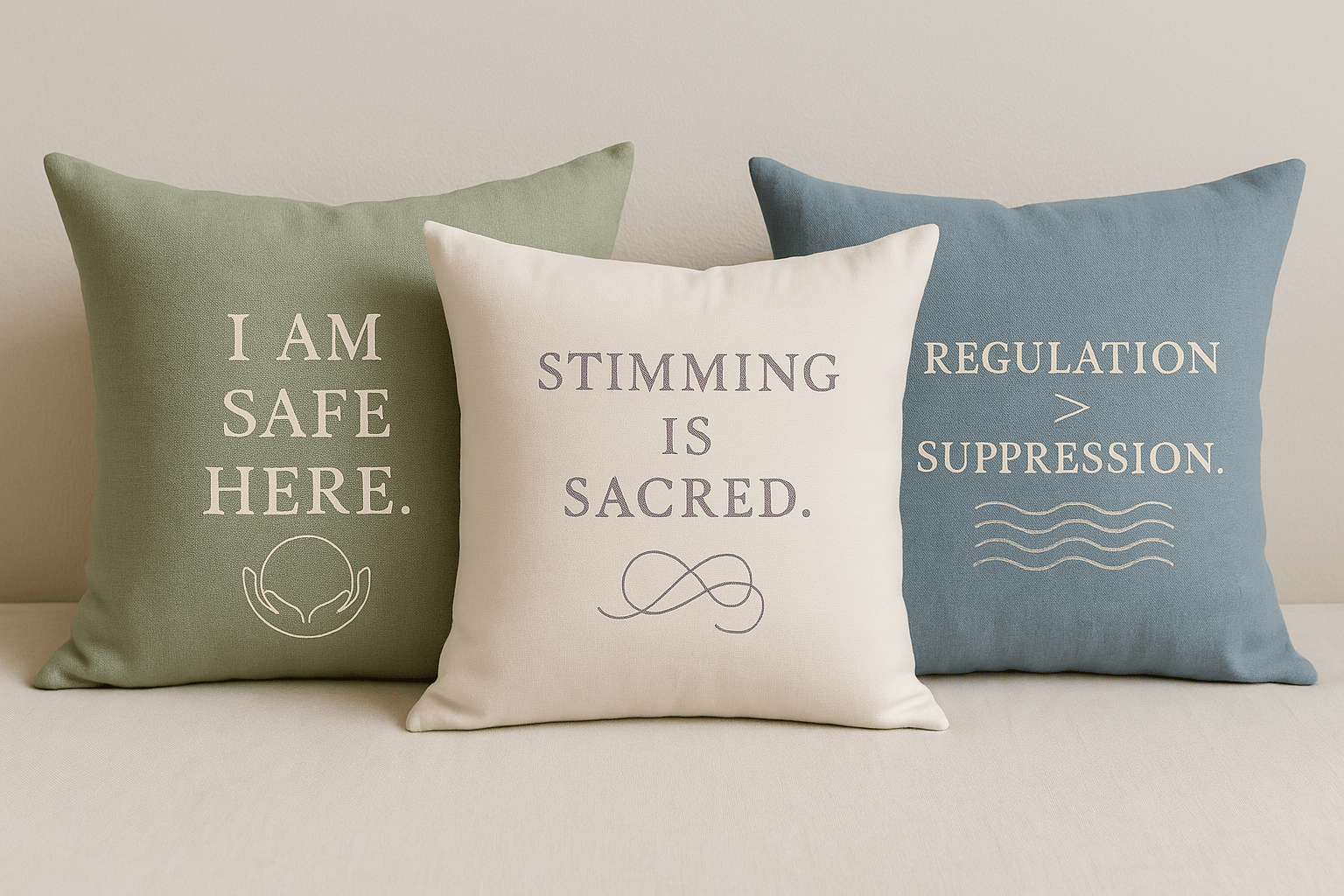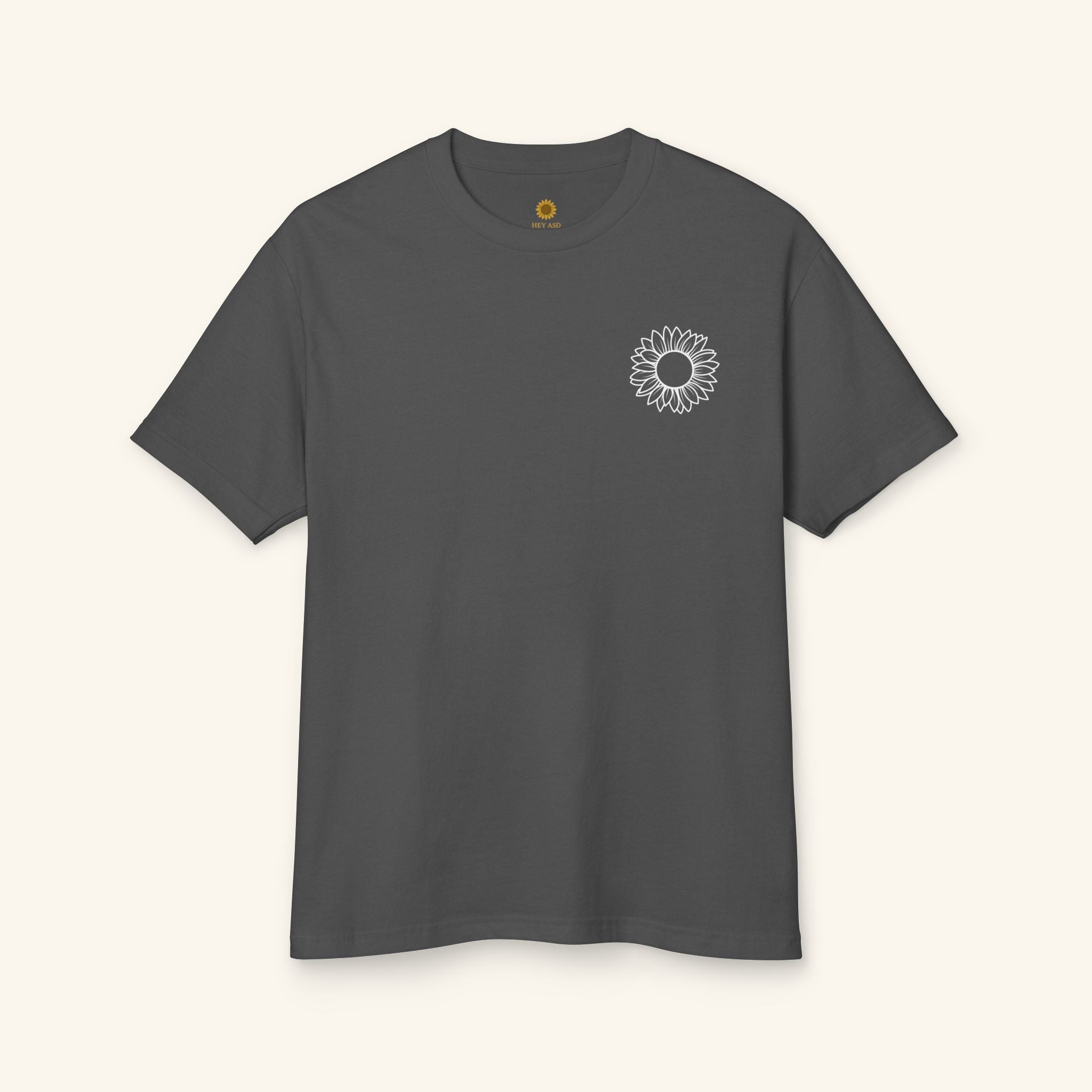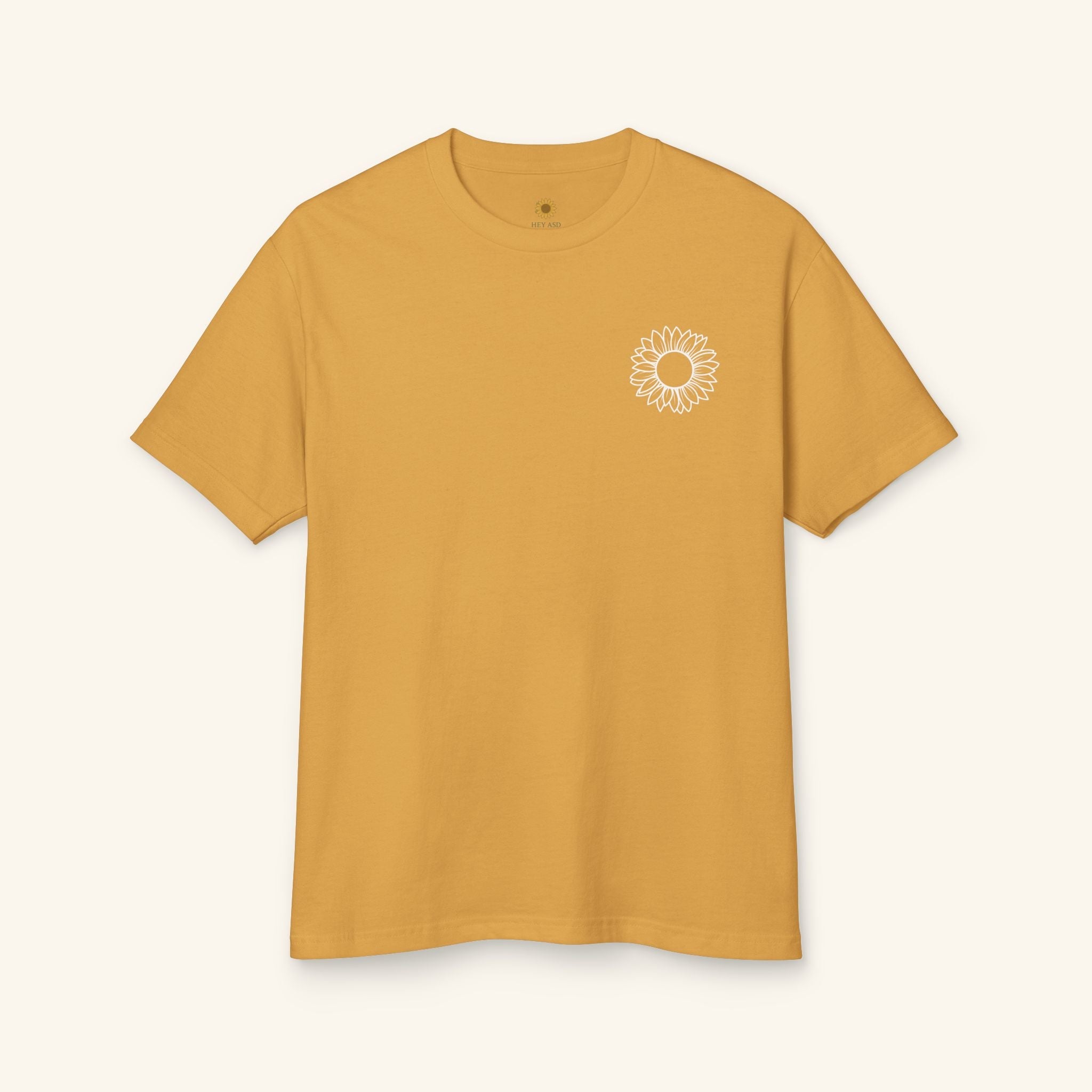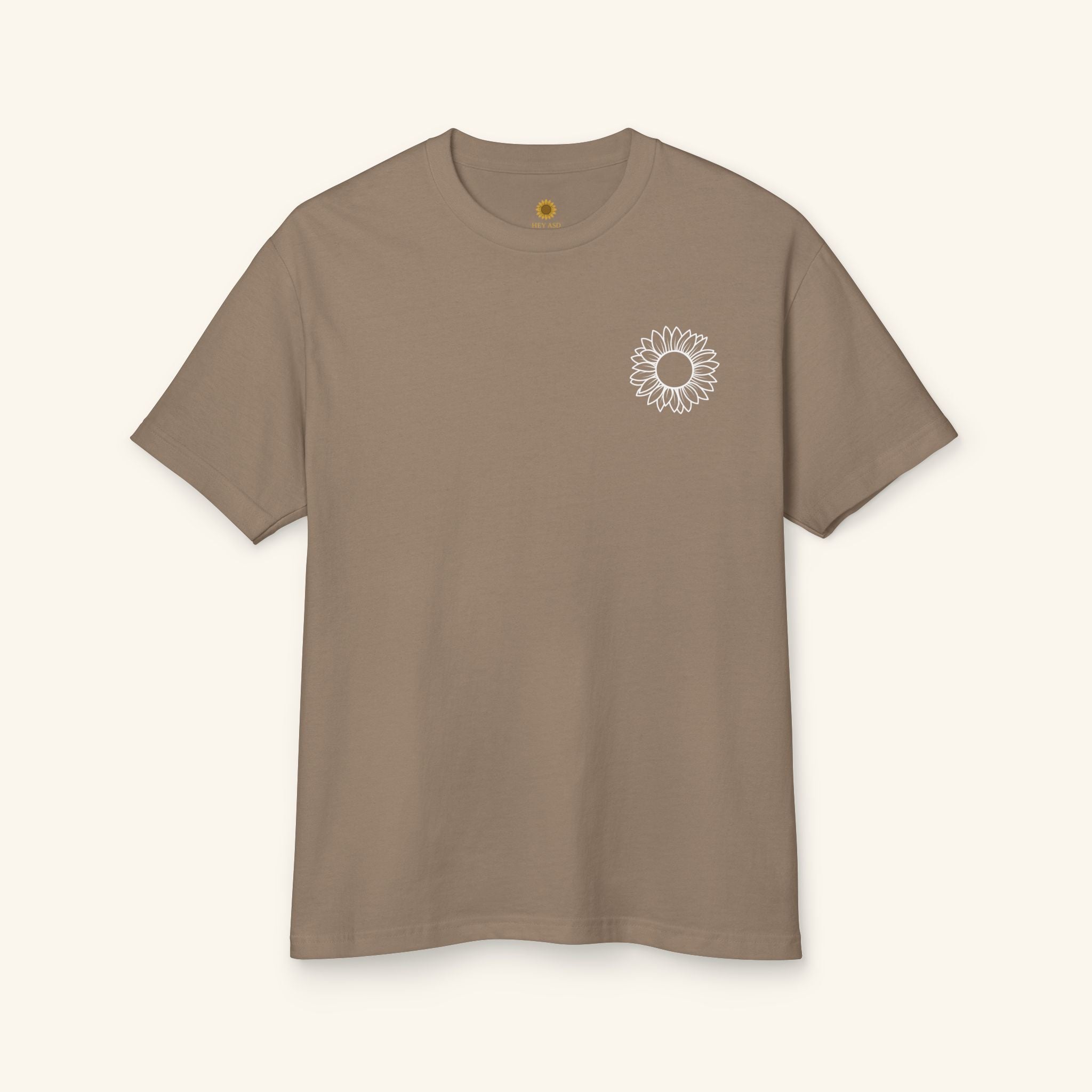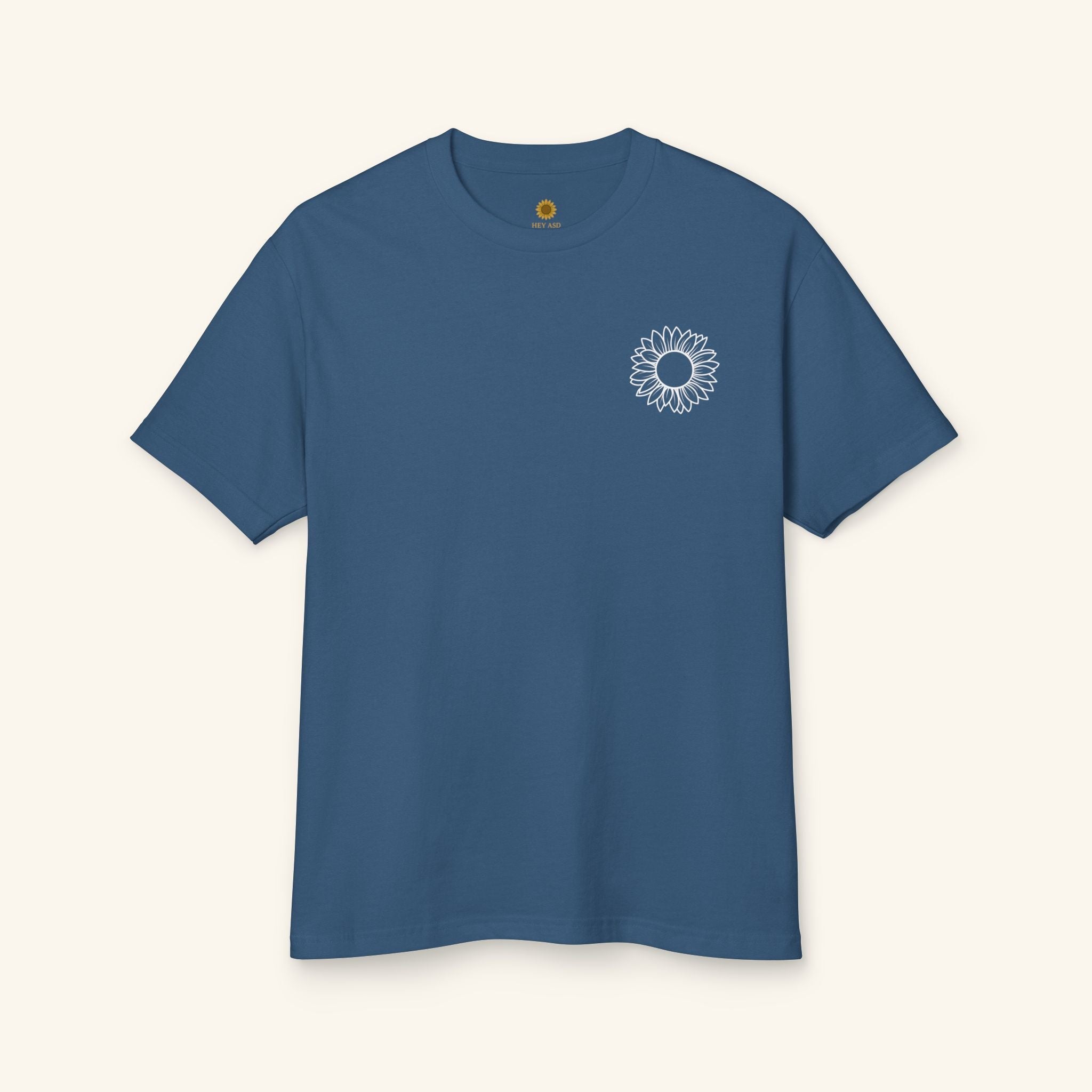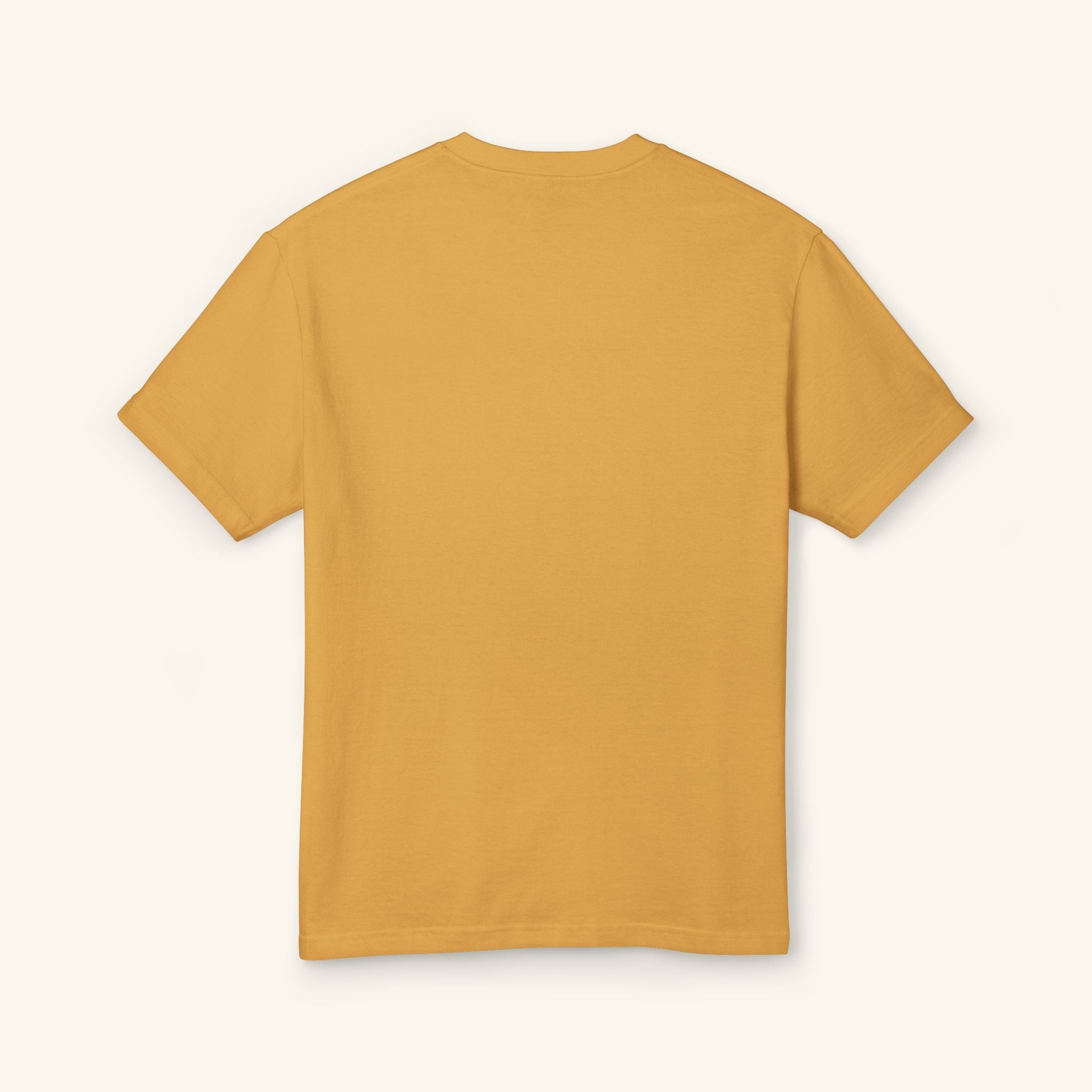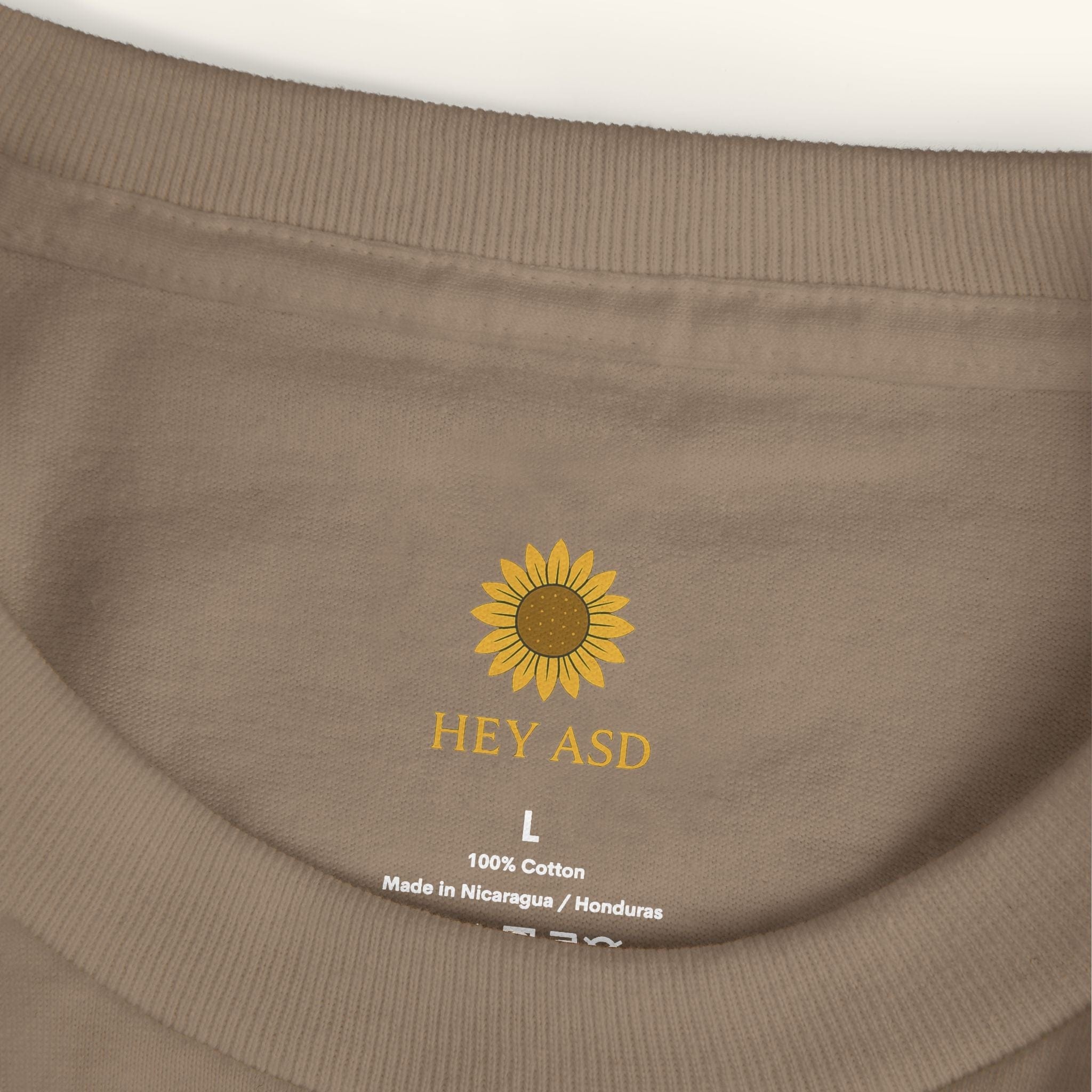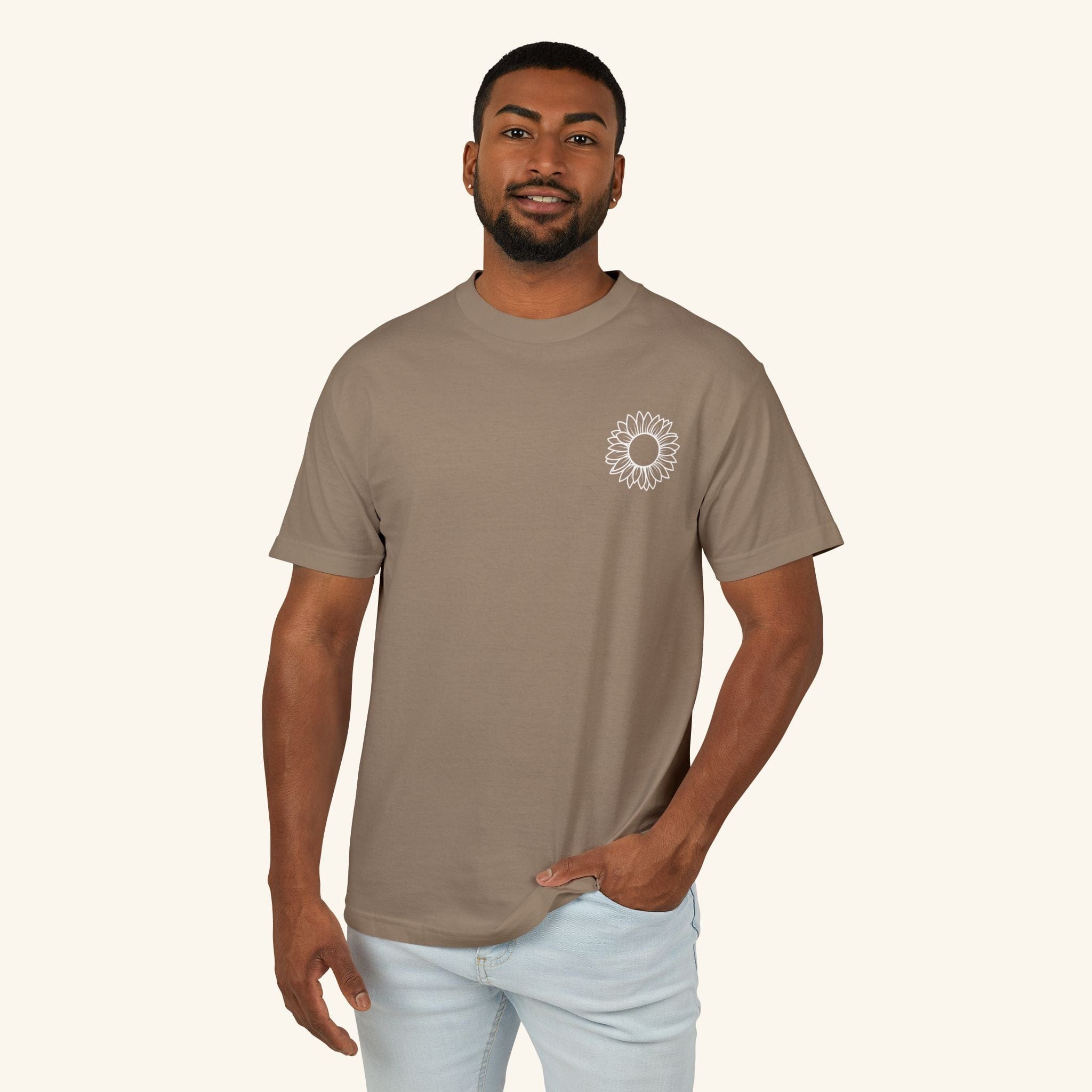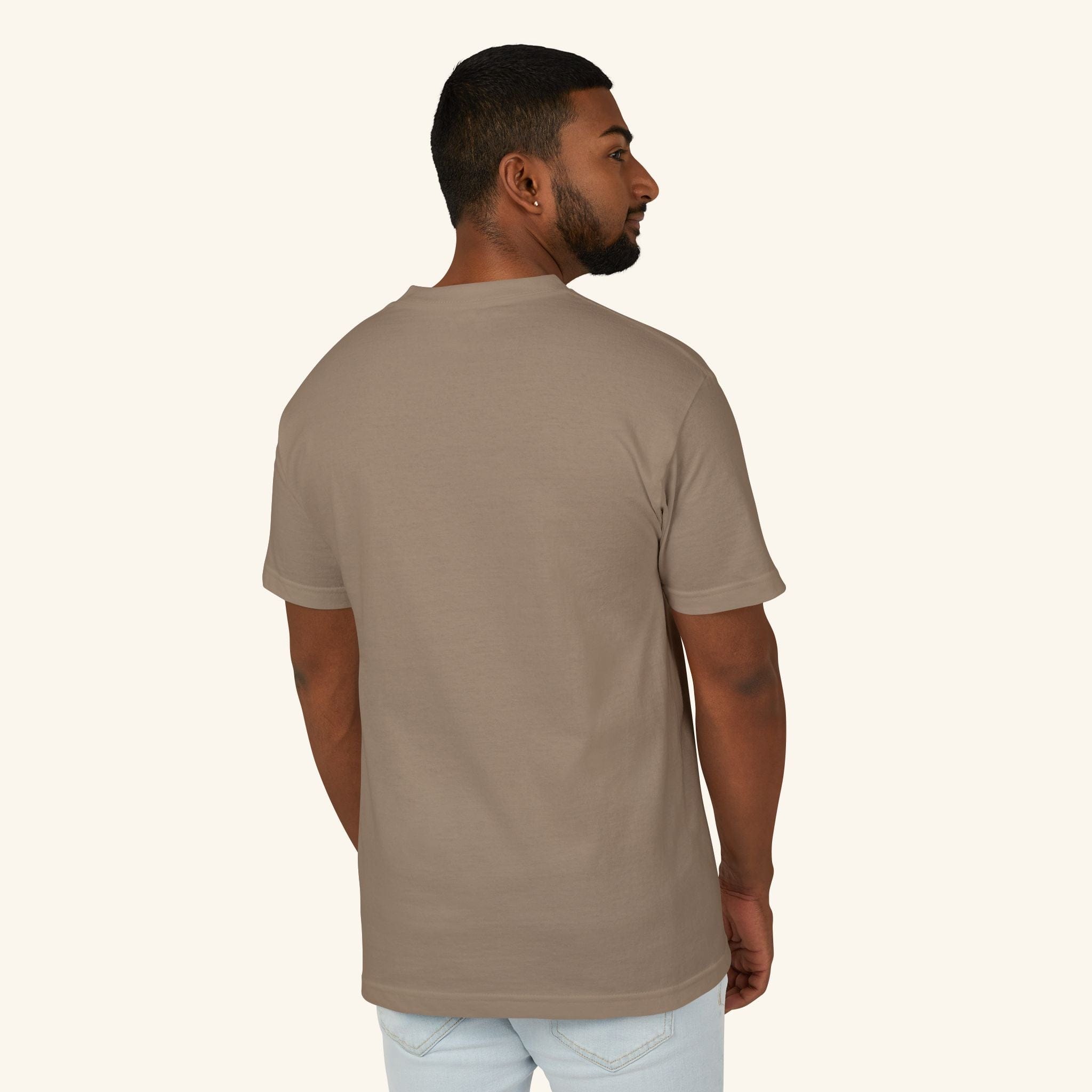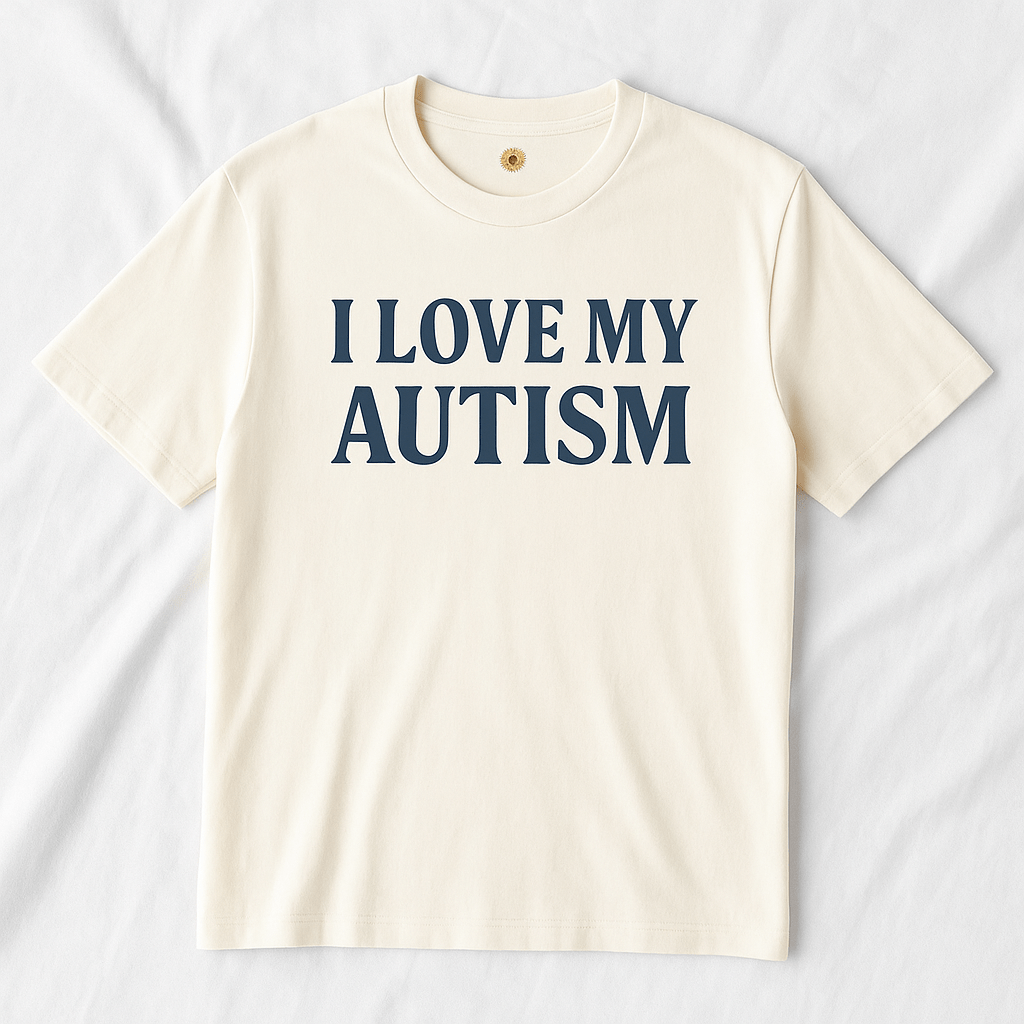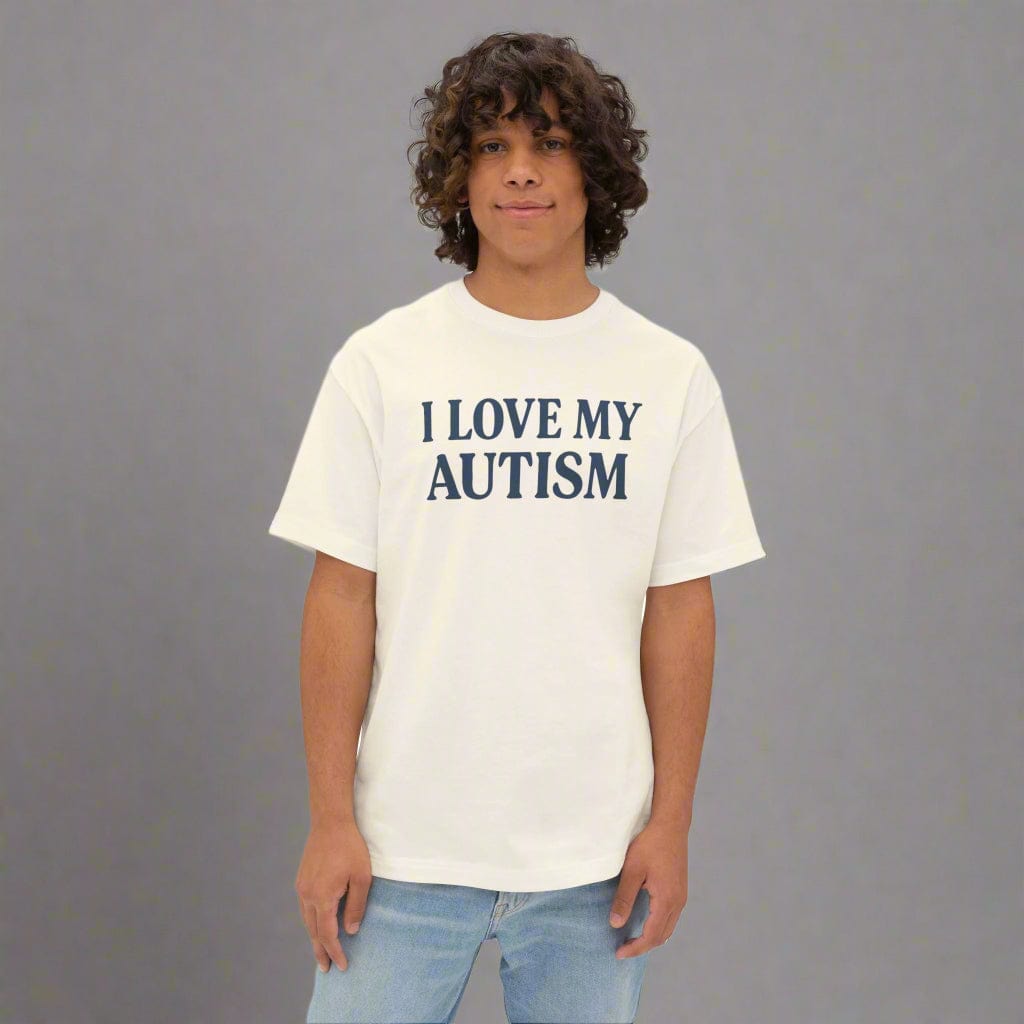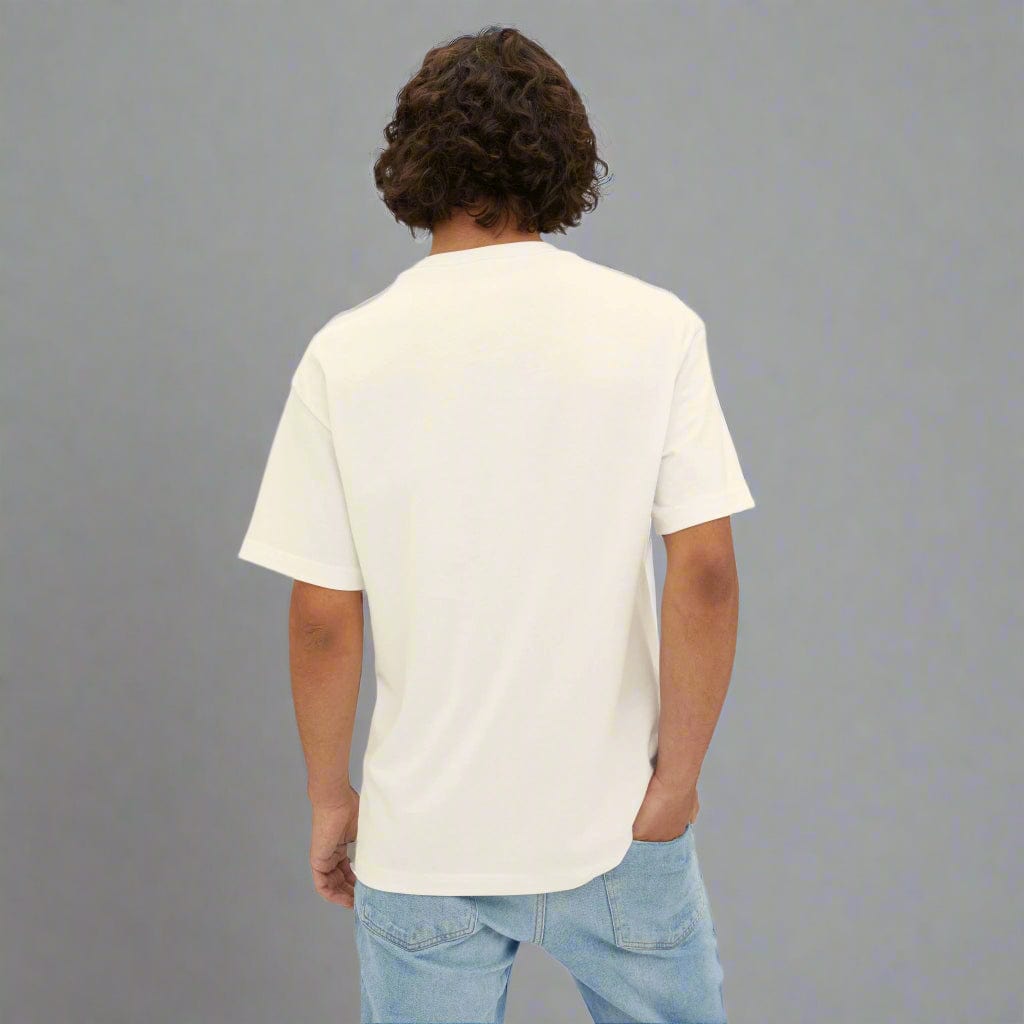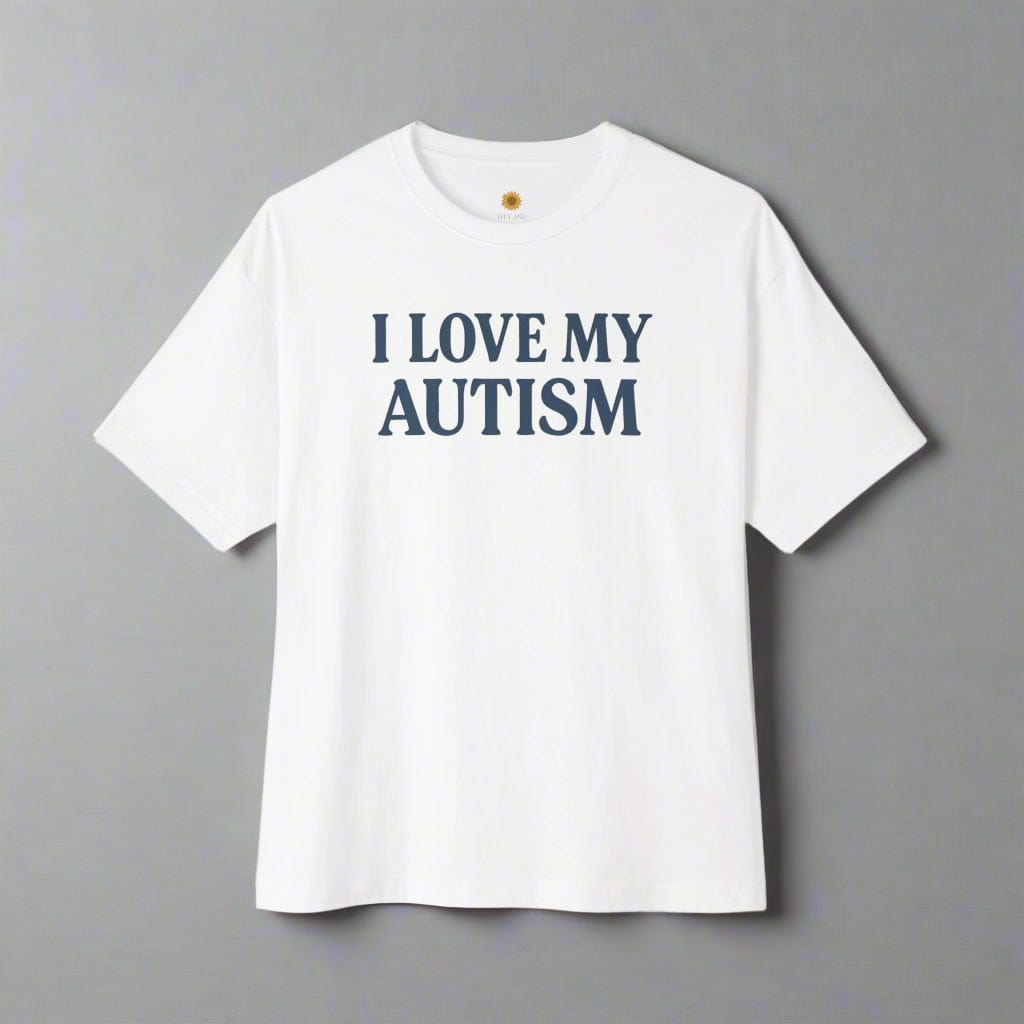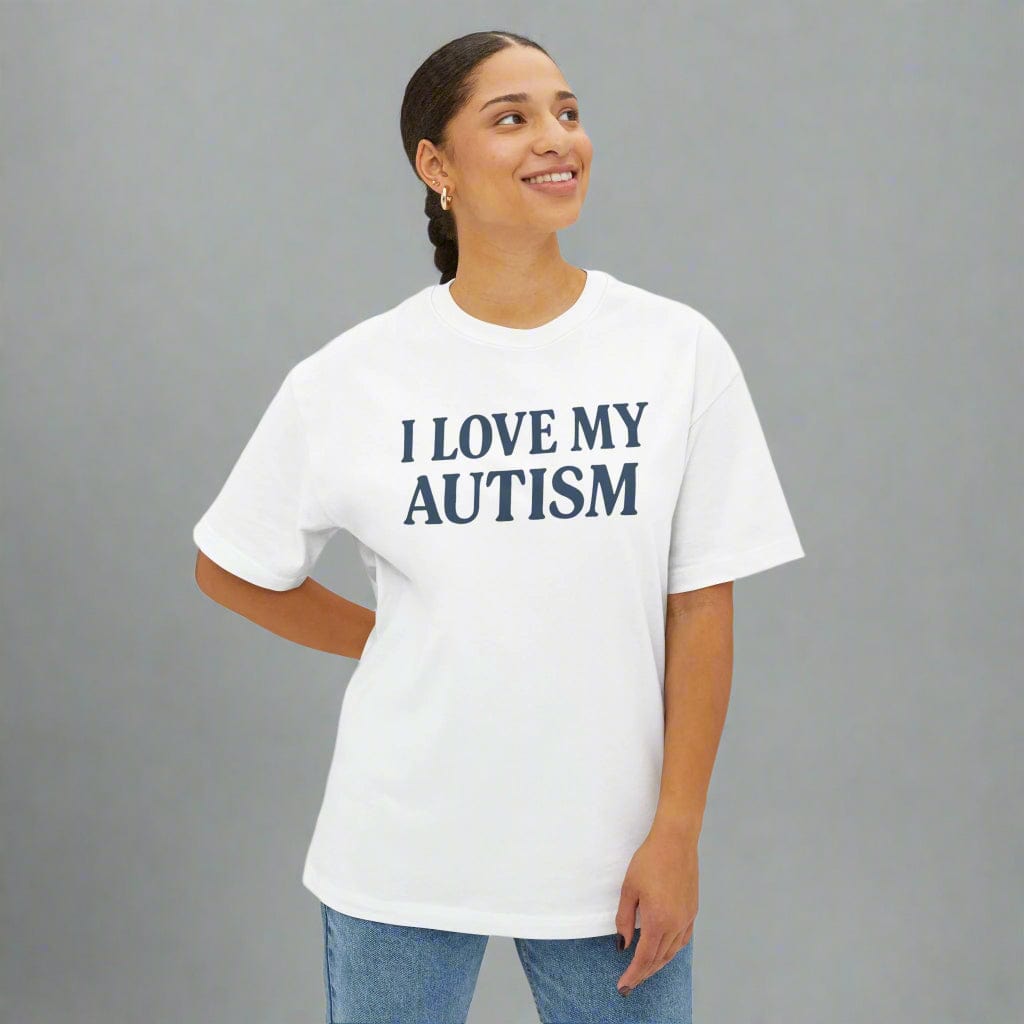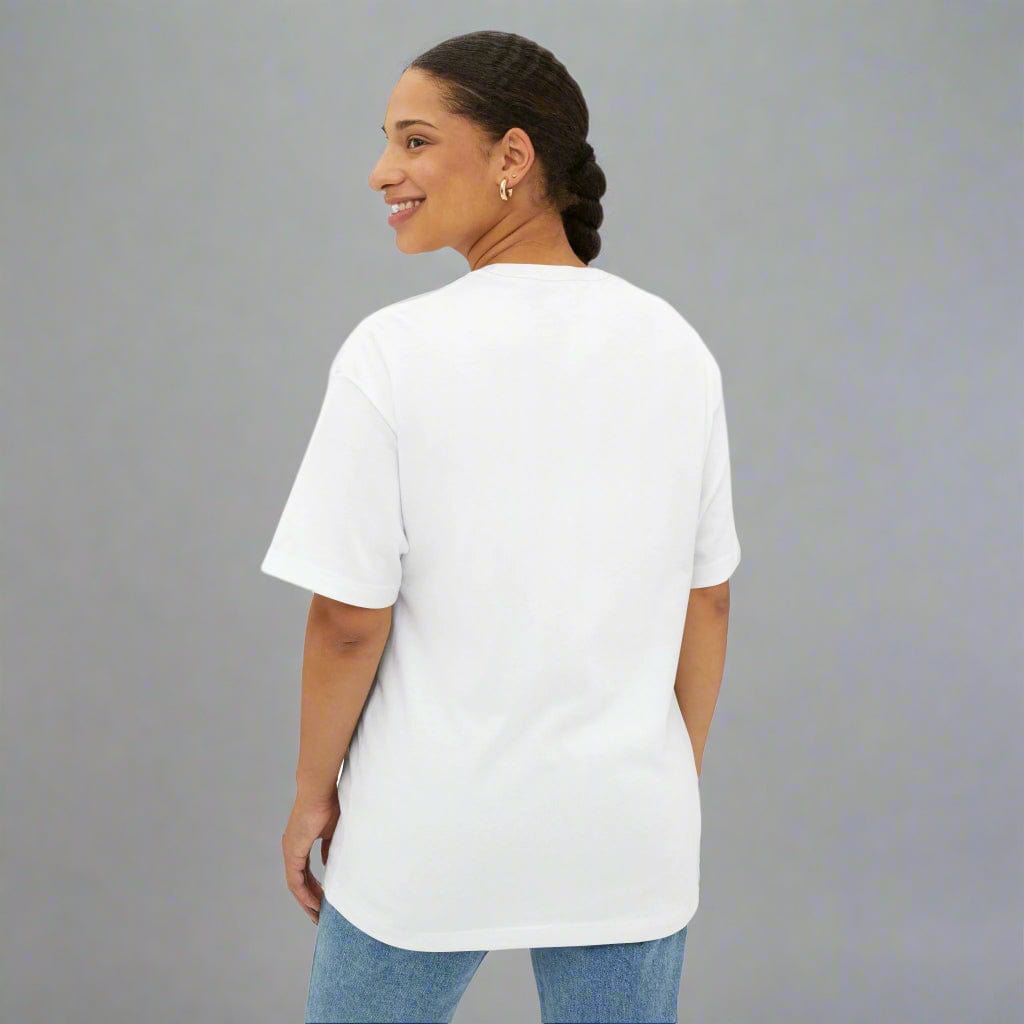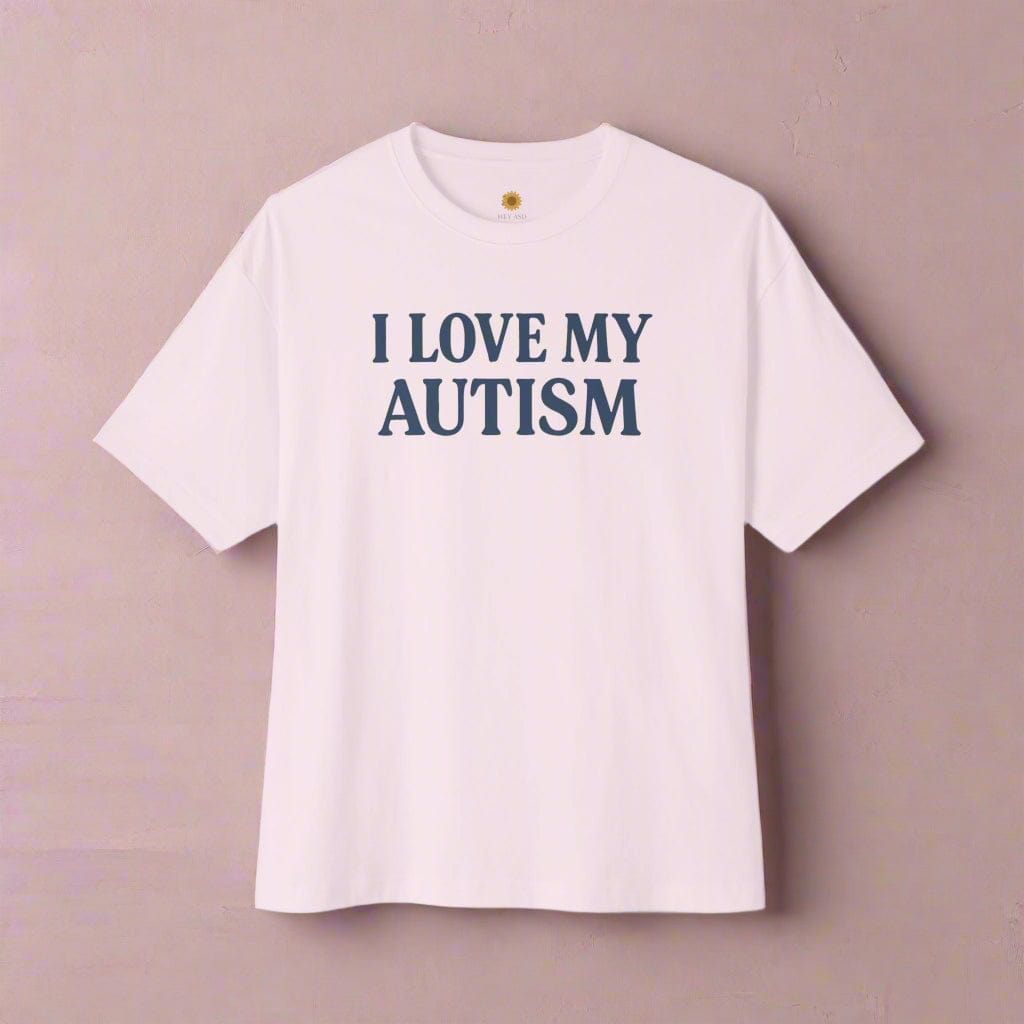Autism & Weighted Blankets: A Comprehensive Guide

Written by the HeyASD Editorial Team
Weighted blankets have been a popular choice for people with autism, anxiety, and other sensory processing disorders. These blankets have been proven to provide a calming effect and help individuals with sleep problems. In recent years, the popularity of weighted blankets has increased significantly, with many people praising their benefits.
In this article, we will discuss the use of weighted blankets for adults with autism, how they work, and their benefits.
Understanding Autism
Before we delve into the benefits of weighted blankets for adults with autism, let's first understand what autism is.
Autism, also known as Autism Spectrum Disorder (ASD), is a neurological disorder that affects social communication, behavior, and cognitive functioning.
Individuals with autism may find it difficult to interact with others, communicate, and understand social cues. They may also have repetitive behaviors, sensory sensitivities, and difficulty sleeping.

What are Weighted Blankets?
Weighted blankets are blankets filled with materials such as plastic pellets, glass beads, or rice that add weight to the blanket. Weighted blankets are designed to provide deep pressure touch therapy, which stimulates the release of serotonin and dopamine, two neurotransmitters that promote relaxation and calmness.
The pressure from the blanket creates a sensation similar to a hug, which can have a calming effect on the nervous system.

Benefits of Weighted Blankets for Individuals with ASD
Weighted blankets can offer several benefits for adults with autism, including:
1. Improving Sleep Quality
Adults with autism often experience difficulty falling and staying asleep, leading to daytime fatigue and irritability. Weighted blankets can help improve sleep quality by promoting relaxation and reducing anxiety.
2. Reducing Anxiety and Agitation
Anxiety and agitation are common symptoms experienced by adults with autism. The deep pressure stimulation provided by weighted blankets can help reduce these symptoms by promoting a sense of calm and relaxation.
3. Improving Focus and Attention
Adults with autism may find it difficult to focus and concentrate on tasks. Weighted blankets can help improve focus and attention by providing a calming and soothing effect.
4. Managing Sensory Sensitivities
Many individuals with autism have sensory sensitivities, such as an aversion to certain textures or fabrics. Weighted blankets can provide a sense of comfort and security by providing deep pressure touch therapy, which can help manage sensory sensitivities.
5. Enhancing Mood
Weighted blankets can help enhance mood by promoting the release of serotonin and dopamine, two neurotransmitters that are essential for regulating mood and emotions.
Choosing the Right Weighted Blanket
When choosing a weighted blanket for an adult with autism, it is essential to consider the weight, size, and material of the blanket. The blanket should be approximately 10% of the individual's body weight.
The size of the blanket should also be appropriate for the individual's height and weight. Additionally, the material of the blanket should be soft and comfortable, and the weight should be evenly distributed.

Precautions to Take When Using Weighted Blankets
While weighted blankets are generally safe to use, there are some precautions that individuals should take when using them, including:
1. Consulting with a Doctor
Before using a weighted blanket, individuals with autism should consult with their doctor or occupational therapist to ensure that it is safe and appropriate for them to use.
2. Monitoring for Signs of Overstimulation
Individuals with autism may experience overstimulation when using a weighted blanket, leading to increased anxiety and agitation. It is essential to monitor for signs of overstimulation and adjust the weight or use of the blanket accordingly.
3. Avoiding Suffocation Risks
Weighted blankets should not be used on infants or young children, as there is a risk of suffocation. Additionally, individuals with mobility issues or respiratory problems should also use caution when using weighted blankets.
How to Use a Weighted Blanket
To use a weighted blanket, the individual should place it on top of their bed or use it as a throw blanket while sitting or lounging. It is recommended to use the blanket for 20-30 minutes at a time, and not to use it for extended periods or while sleeping.

Join Hundreds of Autistic Adults Feeling
More Comfort in Their Own Skin
Use code WELCOME10 for 10% off your first order.
Start Your Comfort JourneyConclusion
Weighted blankets can provide significant benefits for adults with autism, including improving sleep quality, reducing anxiety and agitation, enhancing mood, and managing sensory sensitivities.
When using a weighted blanket, it is essential to choose the right weight, size, and material, and to take precautions to ensure safety and avoid overstimulation.
FAQs
Can weighted blankets be washed?
Yes, weighted blankets can be washed, but it is essential to follow the manufacturer's instructions and use a gentle cycle.
Are weighted blankets safe for everyone to use?
While weighted blankets are generally safe, it is important to consult with a doctor or occupational therapist to ensure that it is safe and appropriate for an individual to use.
How long should I use a weighted blanket for?
It is recommended to use a weighted blanket for 20-30 minutes at a time, and not to use it for extended periods or while sleeping.
Can weighted blankets help with anxiety and depression?
Weighted blankets have been shown to promote relaxation and enhance mood, which can help with anxiety and depression.
Can children with autism use weighted blankets?
Children with autism can use weighted blankets, but it is important to choose the right size and weight and to monitor their use to ensure safety and avoid overstimulation.
On This Page
Frequently asked questions
How canweighted and calming blanketshelp improve sleep for autistic adults?
What should I consider when choosing aweighted and calming blanketfor sensory sensitivities?
Are there any safety precautions I should be aware of before using a weighted blanket?
How long is it recommended to use aweighted and calming blanketeach day for anxiety relief?
What types of sensory-friendly blankets or calming products work best alongside weighted blankets?
Canweighted and calming blanketshelp with focus and attention challenges related to autism?
How doweighted and calming blanketsprovide anxiety relief for autism through deep pressure touch therapy?
When should I consult a healthcare professional before tryingweighted and calming blanketsor other disability support products?
Are there Autism-themed decor or comfort items that complement the benefits ofweighted and calming blanketsand other autism sleep aids?

About the HeyASD Editorial Team
Autistic‑owned • Values‑led • Sensory‑friendly design
We are autistic creators, writers, and advocates dedicated to producing resources that are practical, sensory-aware, and grounded in lived experience. Our mission is to make information and products that support the autistic community accessible to everyone, without jargon or condescension. Learn more about our team.
This article is written from lived autistic experience and an evidence-aware perspective. It is for general informational purposes only and should not be taken as medical, legal or therapeutic advice.
Always consult a qualified clinician or occupational therapist for individual needs and circumstances.

About Our Autism Blog
HeyASD isn’t just a store, it’s a calm, supportive space created by and for autistic adults. Our blog shares sensory-friendly tips, identity-affirming stories, and heartfelt resources for navigating life as an autistic person. Whether you're late-diagnosed, exploring your needs, or supporting someone you love, you're welcome here.
Thank you for reading. We hope these resources bring comfort and clarity.












